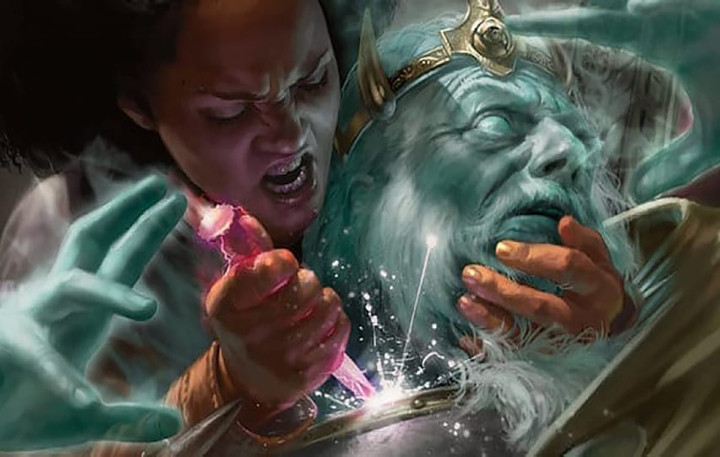Magic The Gathering has a lot of different strategies, as you'd expect from a game that basically lives and breathes by the act of building a deck. Since you can put so many combinations of cards together to create a functional deck, and since the card pool is massive even with set rotation, you can build a deck to suit any scenario. That said, decks in Magic The Gathering can be boiled down to four very specific strategies, and we're here to explain them to you.
All Deck Types In Magic The Gathering
Aggro
Aggro decks really do one thing. They get your opponent's life points to zero as quickly as they possibly can by cleaning the board, burning your opponent's life points, and having cheap to-summon creatures that can easily deal a lot of damage and aren't a huge loss if they end up leaving the field.
Midrange
Midrange decks are the best of all worlds. They're focused specifically on having the tools at their disposal to deal with any given situation rather than having one direct strategy and can play a long game of Magic The Gathering, accumulating resources and being able to use any combination of colors to do what they want.
Control
Control Decks are specifically decks that want the game to go on for as long as possible. They tend to heavily counter opponents' spells, draw a lot of cards, and find ways to set up situations in which you can't play any cards. Usually, the method in which a deck like this wins is by decking your opponent out, forcing them to surrender, or making sure they don't have enough resources to actually play the game.
Combo
Combo Decks are a form of deck that takes multiple different cards that work together and create incredibly overpowered scenarios that your opponent simply won't be able to bounce back from at all. Usually this is done by having a few different cards interact, and the rest of the deck is about getting the pieces either into your hand or onto the field, then protecting it from ever leaving the field.

 No ads, our video library,
No ads, our video library,

